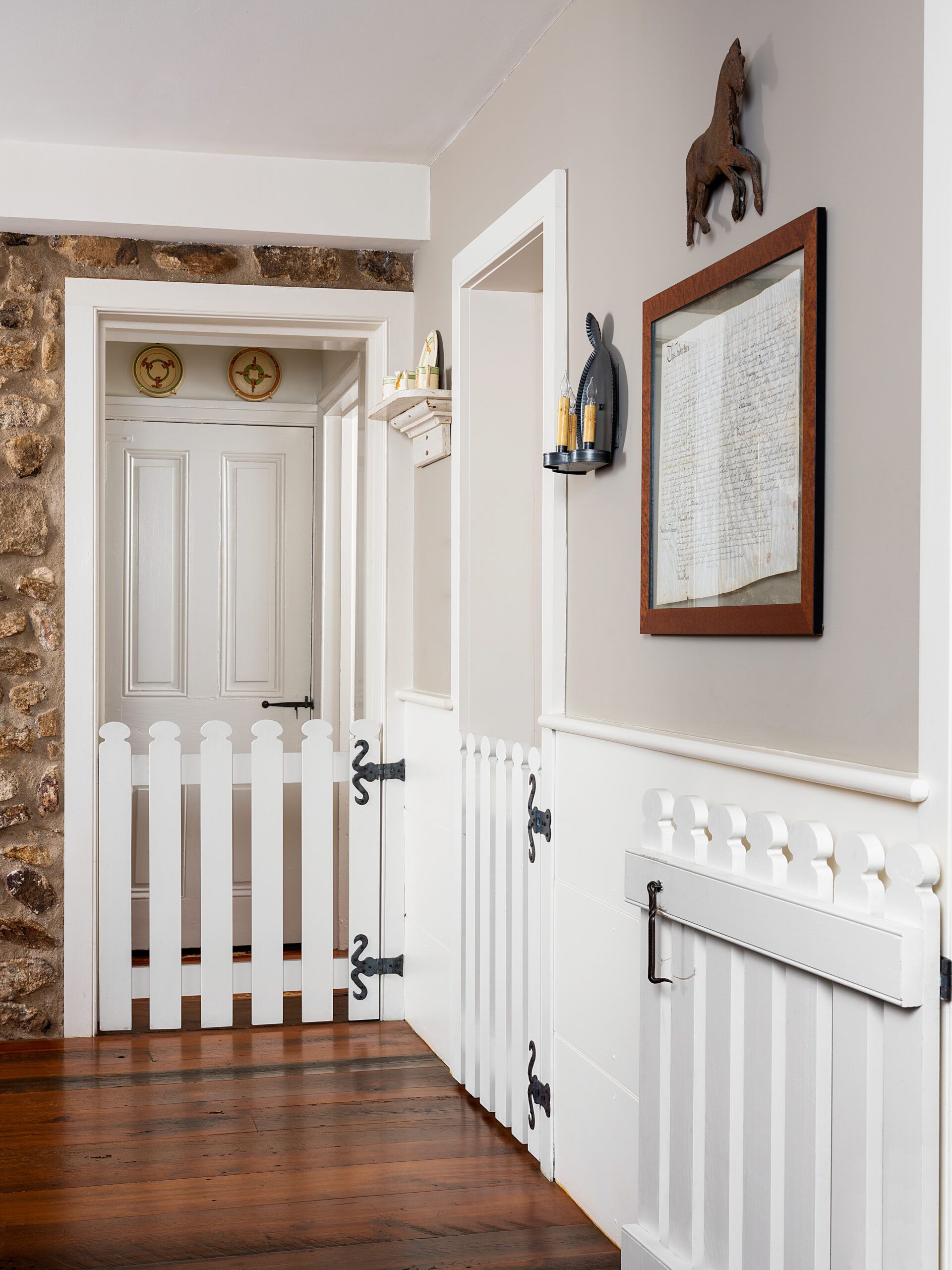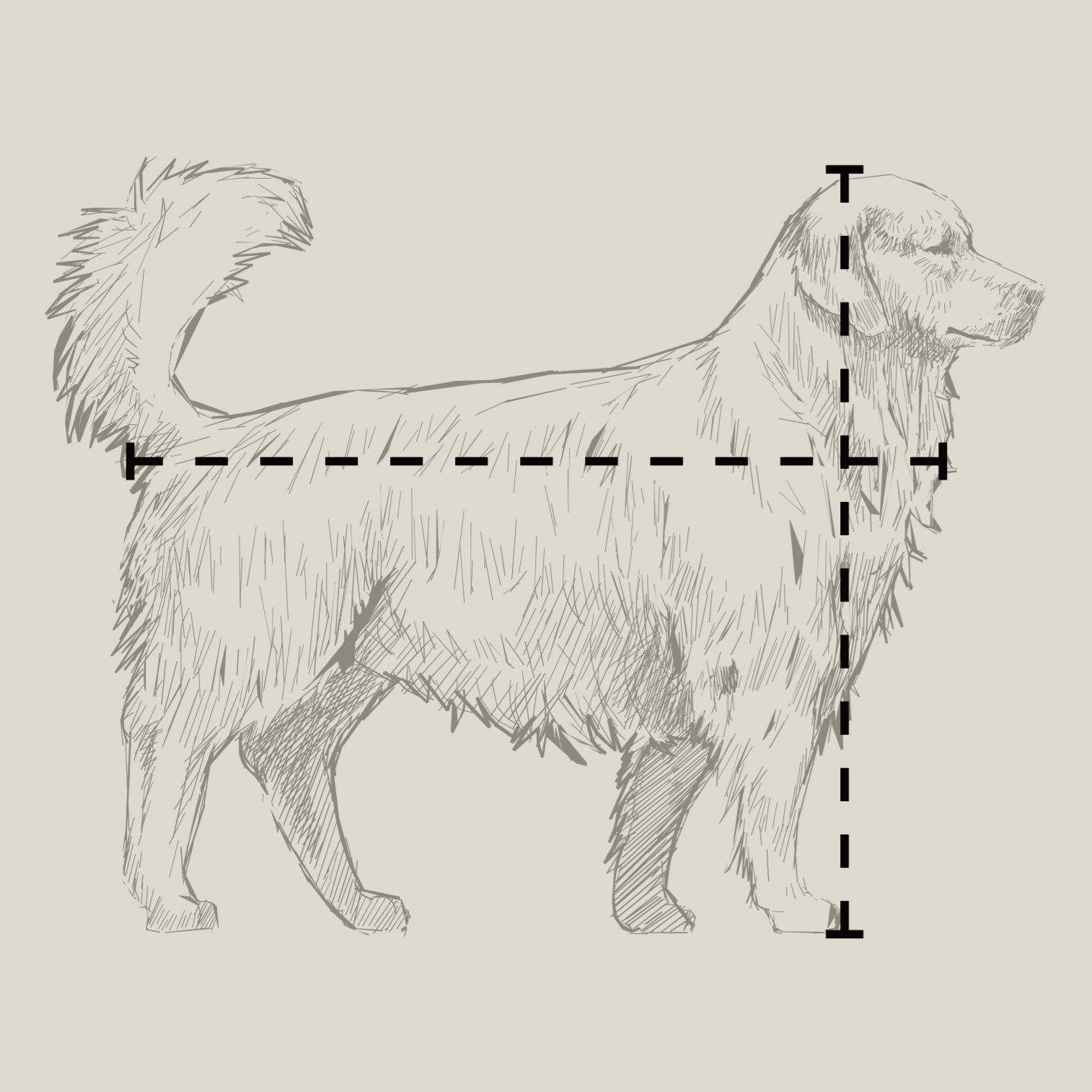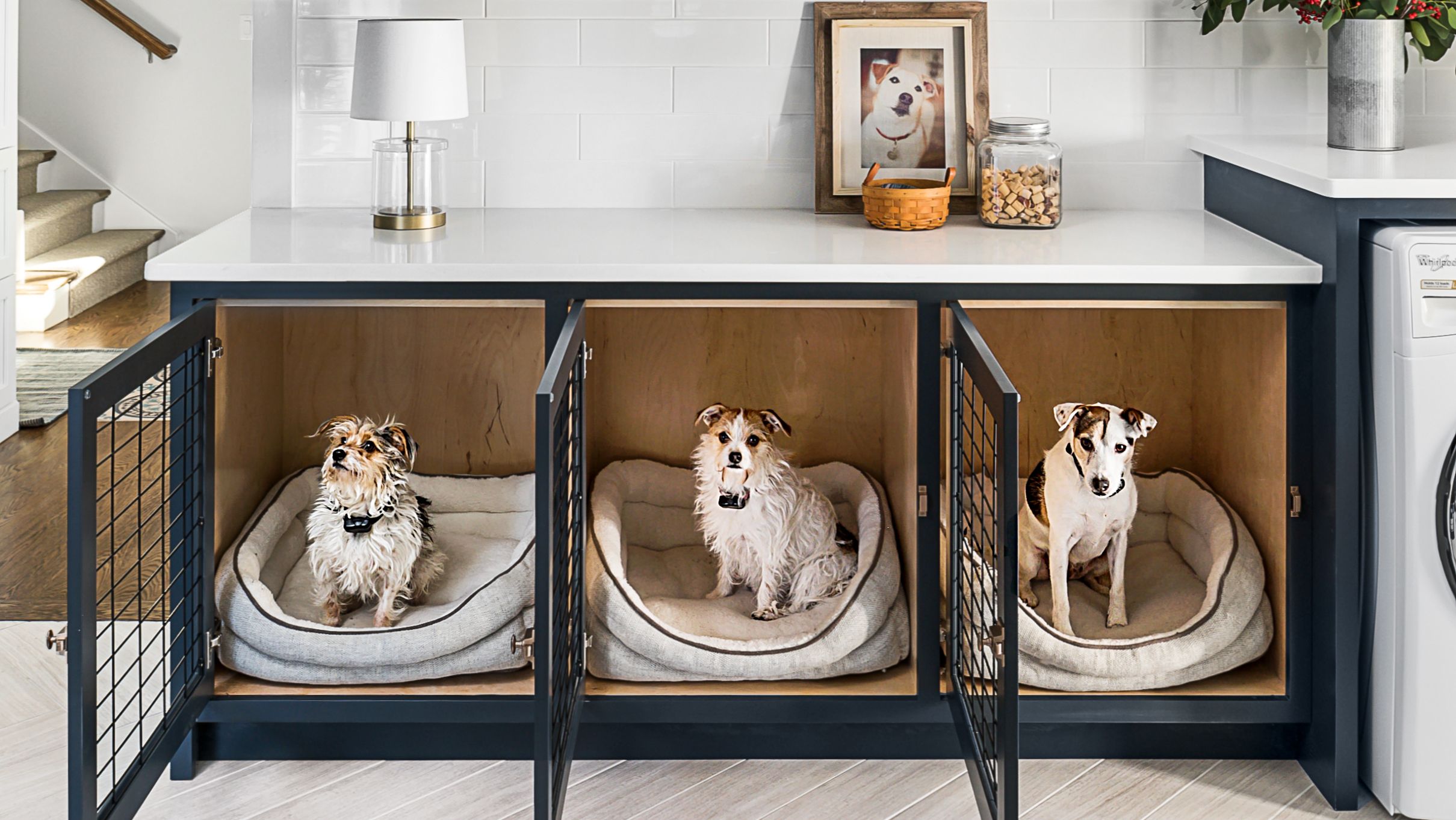This article appeared in the Spring 2021 issue of This Old House Magazine.
Your dog loves that you’re spending more time at home these days. And sometimes a mid-afternoon game of fetch across the living room is a welcome break from work.
But there are other times—if you’re out running errands or you just need some space—when it’s better to keep your pet in a trouble-free spot. Here’s how to use crates and gates to feel in control of your home.
Shown Above: A good fit for smaller breeds, these mudroom base cabinets have been customized as a cozy retreat that blends in with the room. A crate needs adequate airflow—coated-wire-mesh door panels stand up to jaws and paws.
Why Are Crates Good for Dogs?
A crate provides a safe space where a dog can retreat in a house filled with visitors or a contractor’s crew. It also protects your home’s surfaces from a dog learning not to chew or not yet house-trained.
Teaching a dog how to pass time in a crate overnight or while you’re out or working nearby is a valuable skill that you’ll also call on outside the house. “When you teach them to come and go from the crate on command, it’s something you can use in the car, too,” says Maria Christina Schultz, a dog trainer based in Fredericksburg, VA. “They’ll be less likely to bolt when you open the door.” But wire training crates tend to look more at home in a kennel than in your kitchen.
Creating a Custom Crate
With a little planning, you can create a custom crate that’s more in sync with your home’s style. Where to put it? Dogs like to be where people are in view, which often means the kitchen.
A natural candidate for a crate conversion is a stock base cabinet tucked under a countertop, or the lower part of a built-in bookcase, retrofitted with a mesh front panel. For smaller breeds, like Chihuahuas and terriers, this offers plenty of room. If your family gathers in the living room, a crate designed to look like an end table, resting next to a chair or sofa, can blend in with the furnishings, even as it houses a dog up to about 88 pounds.
Older pets in homes with young children often appreciate a private, quiet space to retreat to when things get loud. “You could build an alcove that’s a little larger than the crate you’re using,” Schultz says—framed out like a tiny closet without a door. “Slide the crate in; then, when the dog is used to it, work on removing it over time, leaving the dog with a spot it feels comfortable going to.”
Create this custom space somewhere public, but avoid the unused area under a stairway, which can sound thunderous to a pet if children are racing up and down.
Expert advice
“Young dogs want to be near us, so keep crates somewhere public. As they age, however, they might want a quiet spot away from the noise.” —Mary Burch, American Kennel Club
Pet Gates Keep Pets Safe

Shown: Carpenter-built garden-style gates establish dog-free zones in this Pennsylvania farmhouse. Their black iron hardware echoes the Colonial-style door latches used throughout. Screw hinges into framing so they won’t pull out if your dog repeatedly presses against the gate.
Setting gates up in doorways or at the entrance to a staircase is the easiest way to temporarily restrict pets to specific areas of the house.
Customize Your Gate
While stock versions can be had in a range of styles, they are often clunky to use. Going custom means getting a look that fits your space—and style—exactly. They can be installed as swingers, sliders, mini pocket doors, or even a Dutch door, where the bottom half keeps pets where they need to be.
While a gate for most dogs requires only a few dollars’ worth of wood, hardware, and paint, if your dog is an aggressive chewer, you’ll want to stick with metal parts. Make any gate tall enough that he’s not tempted to jump over it.
Pickets or vertical slats make it harder to climb over, and rounded tops protect vulnerable paws. Got a large dog? Forget about pressure-mounted gates, or ones supported by legs. Instead, build a sturdy gate you can screw into the house’s structure, like the farmhouse-style gates shown above, which partition off the family pit bull.
They’re proof that with a little planning and some basic carpentry, you can turn a practical pet necessity into an architectural enhancement.
How Big Should a Crate Be?

Whether off-the-shelf or a custom build, getting the right crate means taking the measure of your dog.
Like a car seat for a kid, your puppy’s crate needs to grow with her; some larger crates come with removable dividers you can adjust as the dog gains size. Otherwise, for many breeds, you’ll be buying more than one.
Line a puppy’s crate with newspaper until he’s proved he won’t soil the interior, then move to something softer like an old towel; when the chewing phase is over, add a thicker pad or a dog bed.
Crates are designed to mimic a den in the wild, which is secluded and dark, so if your dog’s is out in the open, consider covering all but the front of a wire crate with a towel or heavy blanket.

